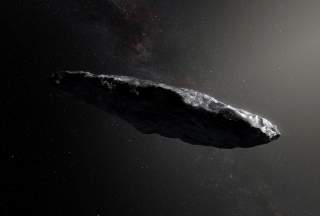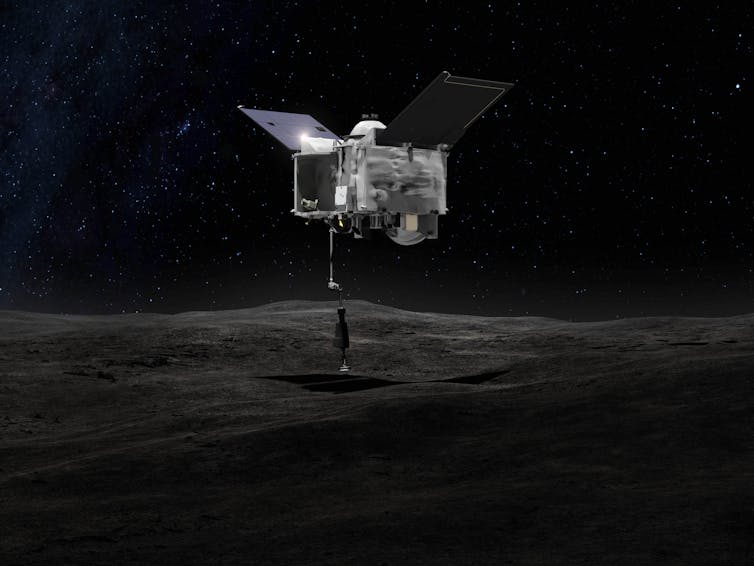Explainer: Why Dangerous Asteroids Heading to Earth Are so Hard to Detect
A real threat?
We’re still trying to work out how often events like this happen. Our information on the frequency of the larger impacts is pretty limited, so estimates can vary dramatically.
Typically, people argue that Tunguska-sized impacts happen every few hundred years, but that’s just based on a sample of one event. The truth is, we don’t really know.
What can we do about it?
Over the past couple of decades, a concerted effort has been made to search for potentially hazardous objects that pose a threat before they hit Earth. The result is the identification of thousands of near-Earth asteroids upwards of a few metres across.
Once found, the orbits of those objects can be determined, and their paths predicted into the future, to see whether an impact is possible or even likely. The longer we can observe a given object, the better that prediction becomes.
But as we saw with Chelyabinsk in 2013, and again in December, we’re not there yet. While the catalogue of potentially hazardous objects continues to grow, many still remain undetected, waiting to catch us by surprise.
If we discover a collision is pending in the coming days, we can work out where and when the collision will happen. That happened for the first time in 2008 when astronomers discovered the tiny asteroid 2008 TC3, 19 hours before it hit Earth’s atmosphere over northern Sudan.
For impacts predicted with a longer lead time, it will be possible to work out whether the object is truly dangerous, or would merely produce a spectacular but harmless fireball (like 2008 TC3).
For any objects that truly pose a threat, the race will be on to deflect them – to turn a hit into a miss.
Searching the skies
Before we can quantify the threat an object poses, we first need to know that the object is there. But finding asteroids is hard.
Surveys scour the skies, looking for faint star-like points moving against the background stars. A bigger asteroid will reflect more sunlight, and therefore appear brighter in the sky - at a given distance from Earth.
As a result, the smaller the object, the closer it must be to Earth before we can spot it.
Objects the size of the Chelyabinsk and Bering Sea events (about 20 and 10 metres diameter, respectively) are tiny. They can only be spotted when passing very close to our planet. The vast majority of the time they are simply undetectable.
As a result, having impacts like these come out of the blue is really the norm, rather than the exception!
The Chelyabinsk impact is a great example. Moving on its orbit around the Sun, it approached us in the daylight sky - totally hidden in the Sun’s glare.
For larger objects, which impact much less frequently but would do far more damage, it is fair to expect we would receive some warning.
Why not move the asteroid?
While we need to keep searching for threatening objects, there is another way we could protect ourselves.
Missions such as Hayabusa, Hayabusa 2 and OSIRIS-REx have demonstrated the ability to travel to near-Earth asteroids, land on their surfaces, and move things around.
From there, it is just a short hop to being able to deflect them – to change a potential collision into a near-miss.
Read more: How the dinosaurs went extinct: asteroid collision triggered potentially deadly volcanic eruptions
Interestingly, ideas of asteroid deflection dovetail nicely with the possibility of asteroid mining.
The technology needed to extract material from an asteroid and send it back to Earth could equally be used to alter the orbit of that asteroid, moving it away from a potential collision with our planet.
![]()
Jonti Horner, Professor (Astrophysics), University of Southern Queensland



